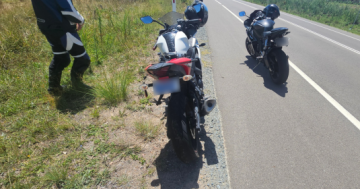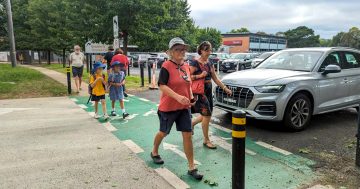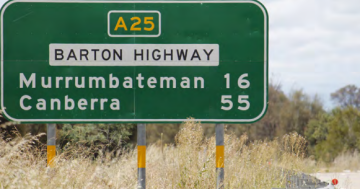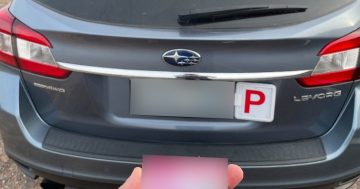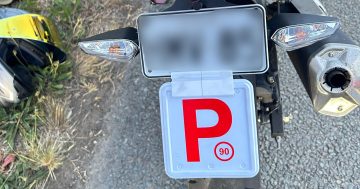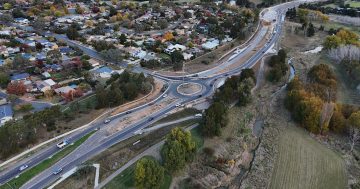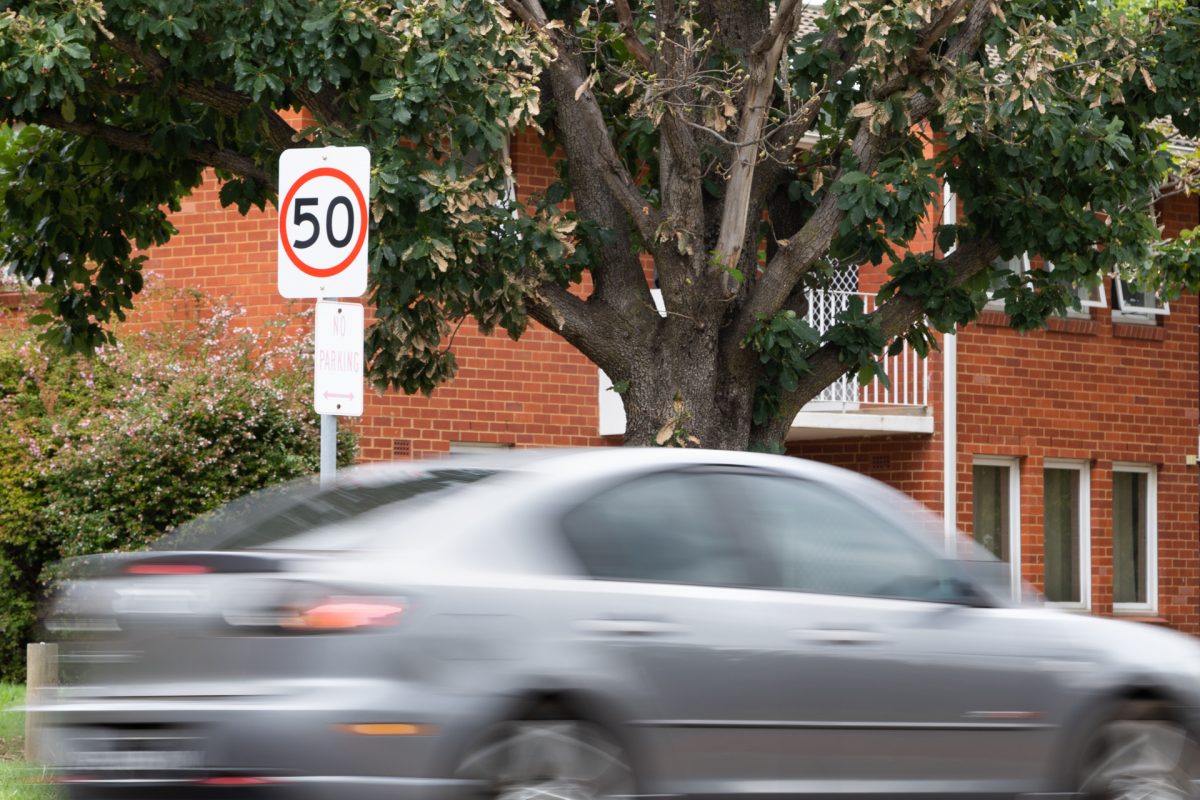
Canberra already has a 50 km/h speed limit in its suburban streets. Photo: Michelle Kroll.
Year in Review: Region is revisiting some of the best Opinion articles of 2023. Here’s what got you talking, got you angry and got you thinking this year. Today, Ian Bushnell tackles the issue of speed limits.
Bike lobby group Pedal Power has a lot of great ideas to make life easier for cyclists in Canberra, but it must have overdone the fresh air to propose 30 km/h speed limits for Canberra suburban streets.
Not to mention the speed humps and other pacifiers it would like to see installed to make sure no one can possibly manage that speed.
It’s all in the name of road safety, of course, and there is no doubt that speed can be a cause of accidents and a determinant of how badly someone can be injured.
For an unprotected cyclist, the result can be catastrophic.
But the ACT already has a range of lower speeds aimed at making our streets safer.
Suburban streets already have a 50 km/h speed limit, and in some of them, it is virtually impossible to get to that level given the narrowness and windiness of the roads.
The day-long school zone speed limit of 40 km/h is so widespread across Canberra that it could be called a general pacifying measure in itself, given that some are on major roads where schools are well set back.
Speed-inhibiting infrastructure is already making a difference outside schools and on known rat runs and accident-prone areas.
To spread into neighbourhoods to protect cyclists would be inviting resentment and a community backlash.
Besides, the lycra lads and ladies don’t mind a bit of speed themselves and not just on roads.
Many a walker on the shared paths can attest to the sheer terror of a speeding cyclist looming up from behind and swishing past without warning or a desultory “on your right” (because it seems no cyclist worth their salt will use a bell).
There is no guarantee that cyclists would let themselves be slowed by road humps or other pacifiers. They need to get to work on time, too.
Besides, far too many ignore the road rules when it suits them, running red lights, using pedestrian crossings, or not worrying too much about indicating. Or they decide it’s fine to ride two abreast because that’s what the law allows, even if it scares the life out of drivers dealing with oncoming traffic and the narrowing road space ahead of them.
And while a registration plate can identify a driver, cyclists do not have to register their bikes, some of which might be worth more than some of the older cars running around.
Pedal Power argues that the lower speed limit would encourage more people to take up cycling, saying they would feel safer when vehicles are crawling along.
Maybe, but would that still be enough cyclists to justify such a low-speed limit or the expense of installing infrastructure?
And how would you enforce it? Speed vans deep inside neighbourhoods? Cameras on every lamp post?
What is important is for every road user to be aware of their surroundings, to ride and drive to the conditions and to be watchful of each other.
The focus should be on education, infrastructure that will separate cyclists from vehicles, maintaining and growing the path network and providing cycleways between key centres, all of which Pedal Power supports.
Calls such as an unachievable and unenforceable speed limit detract from what needs to be done so motorists and cyclists can both use our roads safely.














